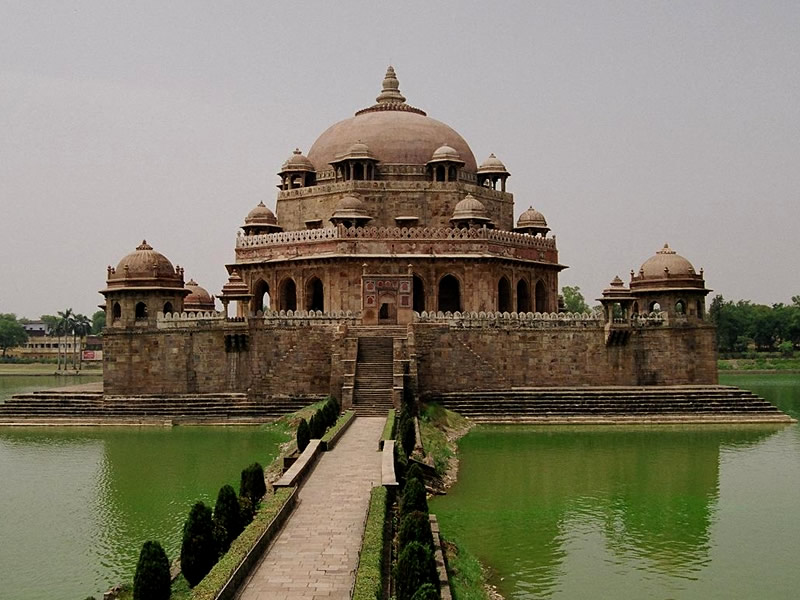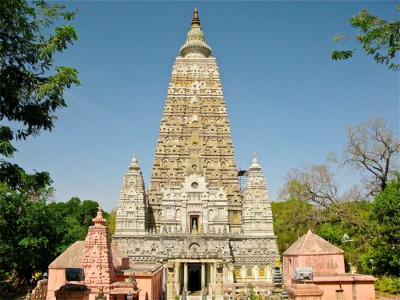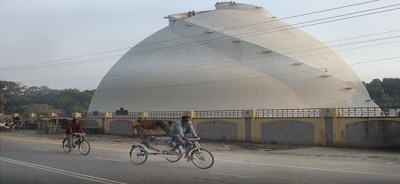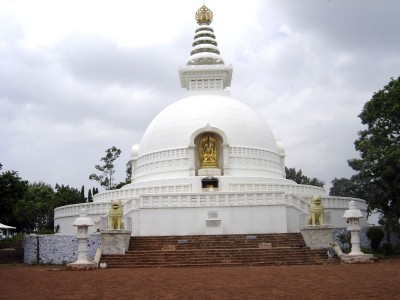Bihar Travel and Tourism Guide
Bihar, formerly known as Magadha, was once the center power of India's struggle for Independence. The Name Bihar is derived from the Sanskrit word, 'Vihara' which means monasteries. The place was also an important center of Education, culture and tradition.
The very ancient university Nalanda is situated in Bihar and its ruins can still be seen there. It is a rich and fertile land with a mild climate and is crossed by many major rivers, including the Ganges. Bihar is bounded on the north by Nepal, on the south by Jharkhand, on the east by West Bengal and on the west by Uttar Pradesh.Bihar gets the worst of the cold and the worst of the heat and plenty of floods.
Northern portion of Bihar is almost entirely a level tract, while the south is wooded and hilly. Bihar has a number of rivers, the most important of which is the Ganga. The river Ganga flows right across it from west to east. North Bihar is extremely fertile, the land being watered by the rivers Sarayu, Gandak and Ganga.
The other rivers are the Sone, Poonpoon, Falgu, Karmanasa, Durgawati, Kosi, Ghaghara etc. This state embraces some of the most fertile lands of India. Bihar, squeezed in between West Bengal, Jharkhand and Uttar Pradesh, reaches up to the Himalayas in the north and is completely land locked.
Bihar is bounded on the north by Nepal, on the south by Jharkhand, on the east by West Bengal and on the west by Uttar Pradesh. A part of Bihar was separated and formed into a new state Jharkhand on November 15, 2000.
104099452












